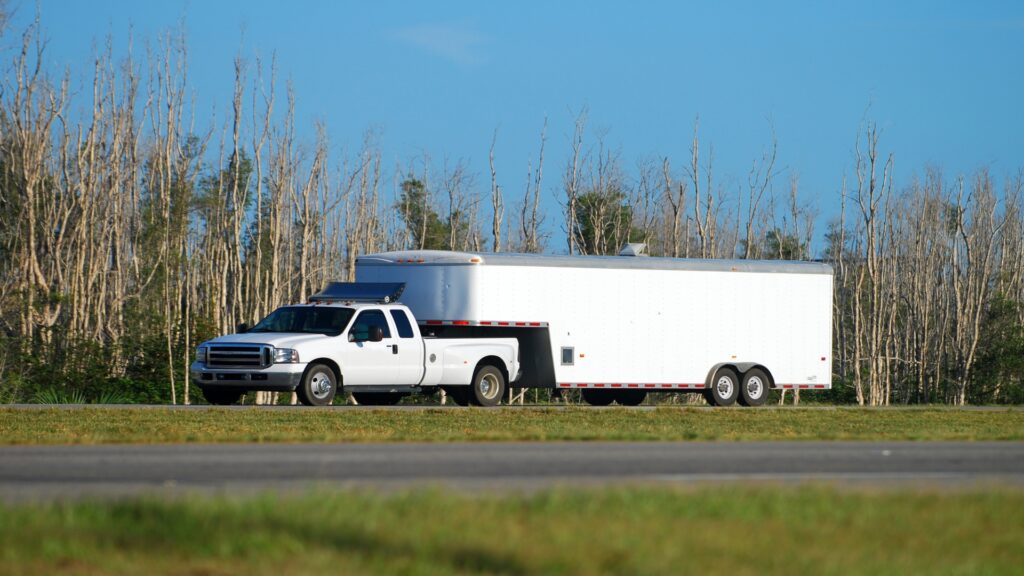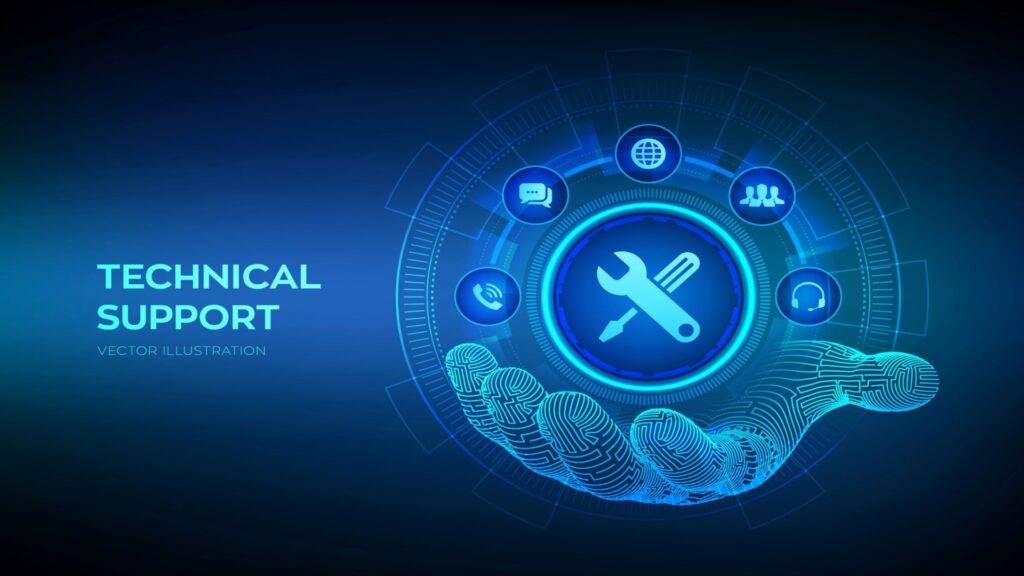Investing in Sustainable Logistics Equipment for Long-Term Success
The logistics industry is notorious for Carbon Dioxide (CO2)emissions, contributing more than 33% of global releases. At the same time, the is a significant challenge for logistics companies due to the huge amount needed and the increasing costs. High fuel costs can lead to significant losses, adding financial pressure to companies already facing environmental scrutiny.
Such challenges point to the unsustainable nature of traditional logistics operations. And with the current drive towards sustainability, it becomes necessary for the concerned firms to rethink their approach. One effective step in this regard is utilising sustainable equipment. It’s more friendly to the environment and can considerably save operating costs. This article digs deeper into how to invest in such tools.
1. Types of sustainable logistics equipment
Below is some key equipment to consider:
- Cargo trailers
Cargo trailers are essential in operations logistics and are evolving to meet environmental goals. Nowadays, the majority are made from lightweight materials like aluminium, fibreglass-reinforced plastics, carbon fibre, high-strength steel, and composites. Reduced weight means enhanced fuel efficiency, a pillar in transportation sustainability.
On the same note, manufacturers are now equipping some trailers with aerodynamic features to reduce air drag and improve fuel consumption. These include tapered rear ends and side skirts. Another notable trend is installing solar panels on cargo trailers for lighting and temperature control. This eliminates the need for external energy sources.
Finally, makers are focused on increasing the storage capacity of cargo trailers to allow more goods per trip. The result is reducing the number of trips and associated emissions.
If you have a company operating in the City of Bridges and you need these transportation and storage solutions, be sure to check out cargo trailers for sale Pittsburgh that possess the mentioned attributes.
- Electrification
Electrification is a fundamental component of sustainability. Electric trucks and vans help reduce carbon emissions, which are typical of vehicles running on fossil fuel. The same is true with electric forklifts, pallet jacks, stackers, order pickers, automated guided vehicles, and conveyor belts. All these are typically cleaner and quieter than their diesel-powered equivalents, minimising indoor air and noise pollution.
Modern businesses are now using micro-mobility solutions like electric cargo bikes and scooters for quick end-point deliveries. These are environmentally friendly and can beat the typical congestion in cities, ensuring ordered goods arrive on time.
- Alternative fuels
Sustainable logistics also encompasses alternative fuels. Consider biofuels made from renewable sources. Their global demand is set to grow by 41 billion litres (28%) between 2021 and 2026. These significantly reduce carbon emissions. Some examples are biodiesel, derived from vegetable oils or animal fats; biogas, made from organic waste; ethanol, generated from corn or sugarcane; and green diesel, produced from algae or plant oils.
Many logistics companies are now using hydrogen-powered vehicles, which emit only water vapour. Add to this the fact that they can be refuelled as fast as typical gas-powered cars, and you’ll see why they’re an effective option for long-distance transportation.
- Optimizing operations
Technology has made it possible to optimise operations. Take the case of telematics and route optimisation software, which help drivers select the most efficient routes. This saves fuel and minimises emissions.
Warehouses are now using robots, reducing the need for manual labour, which cuts operation costs. For instance, Amazon has over 200,000 robots charged with delivering more than 350 million different products. Logistics companies also employ intermodal transportation strategies, where two or more modes of transport are used for a single shipment. Trains, trucks, and ships are combined in the most efficient manner. It’s an excellent way to reduce the carbon footprint.
2. Practical implementation strategies
The first step in rolling out sustainable logistics is to carry out an exhaustive audit of your present operations. Determine what you need to improve. It could be fuel consumption, operational inefficiencies, or carbon emissions. Knowing the specific sustainability objectives will help you choose the right equipment.
Next, budget for the transition. Equipment upgrade needs a considerable capital outlay. It’s critical for any acquired asset to have a reasonable return on investment. Evaluate the purchase, installation, and maintenance costs before diving in. You may want to consider financing options like hire purchase and government grants that incentivise adoption of green technologies.
Finally, plan how you’ll upgrade infrastructure to support the newly acquired logistics equipment. This includes charging stations, solar panel installations, transport terminals, advanced telematics systems, and hydrogen fuelling stations.
Conclusion
Acquiring sustainable logistics equipment is an excellent approach towards long-term business success. This lets you reduce environmental impact, save money, improve competitiveness, and build a reputable brand. Having the global sustainability goals in mind will help you pick the right equipment.
Beyond acquiring equipment, invest in green research to promote industry-wide sustainability standards.








